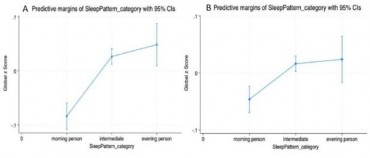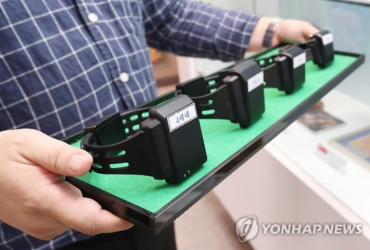
The report defines the rate of experiencing depressive symptoms as the proportion of those who have felt so sad or hopeless for over two weeks in the past year that it interfered with their daily life. (Image courtesy of Hyundai Motor Chung Mong-Koo Foundation)
SEOUL, Jan. 2 (Korea Bizwire) – The National Institute of Health, part of the Korea Disease Control and Prevention Agency, revealed in its recently published ‘Women’s Health Statistics 2023′ that foreign women who have immigrated to Korea on the premise of marriage to Korean men experience depression at rates double that of Korean women.
The report defines the rate of experiencing depressive symptoms as the proportion of those who have felt so sad or hopeless for over two weeks in the past year that it interfered with their daily life.
According to the Korea National Health and Nutrition Examination Survey, the rate of depressive symptoms among married immigrant women in 2021 was 27.4%, approximately twice as high as that of Korean women, which stood at 14.1%.
While the rate of depressive symptoms among these immigrant women has shown a decreasing trend – from 36.7% in 2015 to 27.4% in 2021 – it remains significantly higher compared to their Korean counterparts.
The report also highlights that the rates of depressive symptoms did not significantly vary among different age groups, from a high of 28% for women in their 20s to a low of 26.6% for those in their in their 60s.
When analyzed by country of origin, the highest rate of depression was observed in women from the Philippines at 31.5%, followed by those from Thailand at 30.2%, Cambodia at 30.1%, China at 27.9%, Vietnam at 25.9%, Japan at 23.6%, and ethnic Koreans from China at 23.3%.
The study also found a correlation between income levels and the experience of depression. Among married immigrant women with a household income of less than 2 million won per month, 37.9% reported experiencing depressive symptoms. The rates decreased with higher income brackets: 29.3% for those earning 2-2.99 million won, 26.4% for 3-3.99 million won, 24.0% for 4-4.99 million won, and 22.5% for over 5 million won.
Depressive symptoms were more common among those not engaged in paid labor (31%) compared to those who were (25.6%). Additionally, lower levels of education and Korean language proficiency were associated with higher rates of depressive symptoms.
Despite these challenges, 77.4% of the married immigrant women assessed their general health as good, much higher than the 33.4% among Korean women. However, the longer these women resided in Korea, the more their self-assessment of health tended to decline.
The National Institute of Health has been publishing ‘Women’s Health Statistics’ since 2014 to increase public awareness and understanding of health issues faced by women in Korea. The 2023 edition covers various topics including women’s social status and gender, overall health levels and chronic diseases, cancer, health behaviors, mental health, sexual and reproductive health, medical utilization, and elderly health.
M. H. Lee (mhlee@koreabizwire.com)






